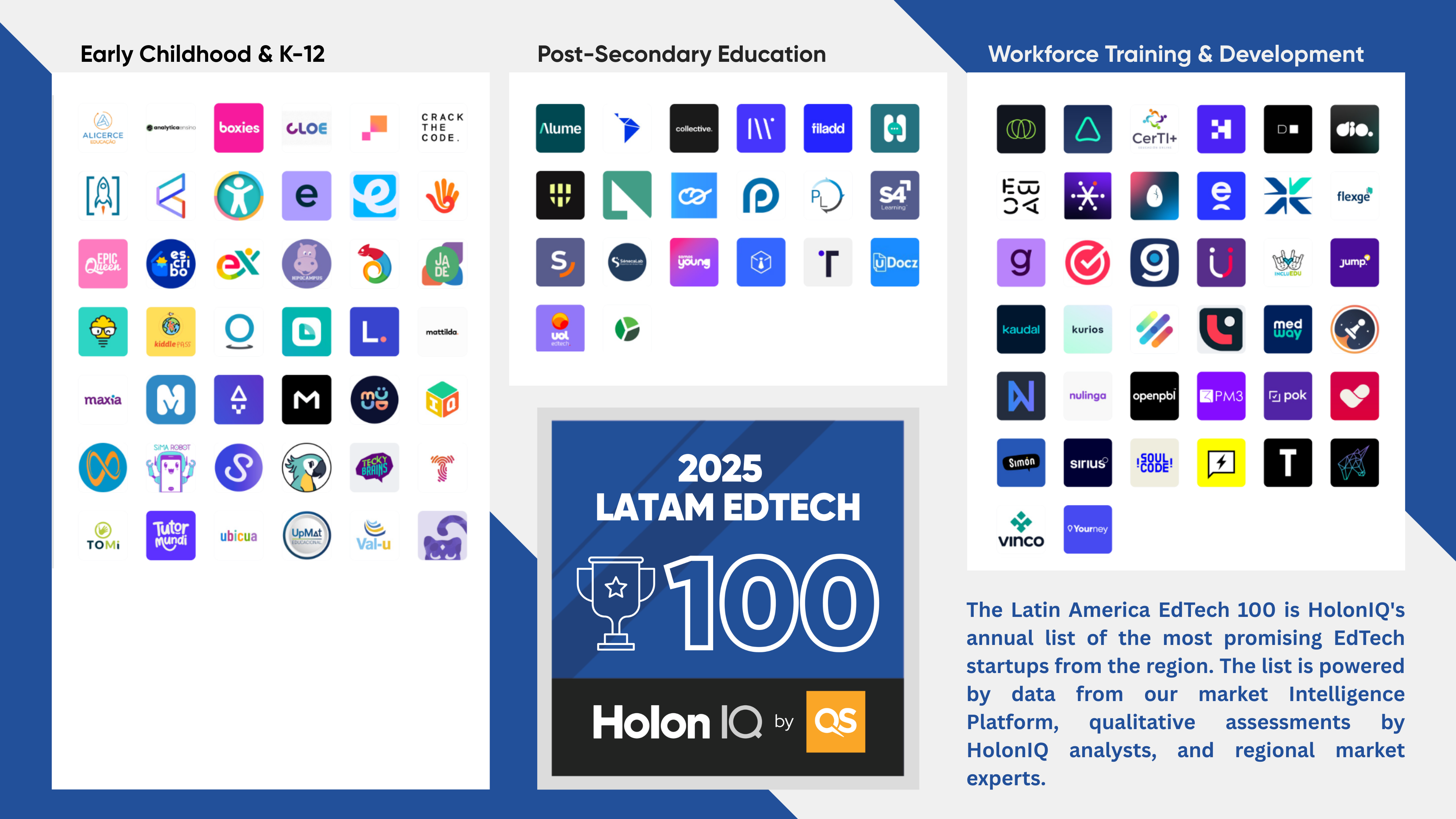MOOC's attracted almost 500 million visits from learners around the world in the last 30 days, up 2.5x on the month of January. The borderless digital market for 'just-in-time' skills and knowledge is highly competitive and represents a rapidly evolving part of the post-secondary education landscape.
MOOCs started the last decade as a proof of concept and finished with 380 million students taking over 30 thousand courses and 50 degrees from over 1,000 Universities globally (almost all published MOOC research and stats ignores China, emerging markets, workforce focused MOOCs and the long tail of niche-platforms).
MOOCs were never dead. This is not a come-back. Gradually, and accelerated by the circumstances of COVID-19, the current and potential role of MOOCs in the post-secondary landscape is becoming more widely understood. For the uninitiated, here is a very brief history of the MOOC and an overview of how MOOCs fit into our ‘OPX’ Meta Category.
Over the last few years in particular, MOOC platforms have broadened and honed their business models, built deep partnerships and collaborations with over 1,000 higher education institutions as well as servicing the large, growing, and historically fragmented corporate training sector.
While for most traditional education providers, COVID-19 is cause for serious concern about the long-term sustainability of their model, MOOC platforms have seen unprecedented institutional and learner demand. The borderless digital landscape tips traditional markets on their head. Harvard, Oxford, Stanford and Cambridge all compete for global learners, as do geographically proximal institutions in the offline world and those competing for share of internationally mobile cohorts. The shift to online higher education may mean each institution on the hyper-fragmented higher education landscape is now competing with 10-100x more institutions than in a physical context.





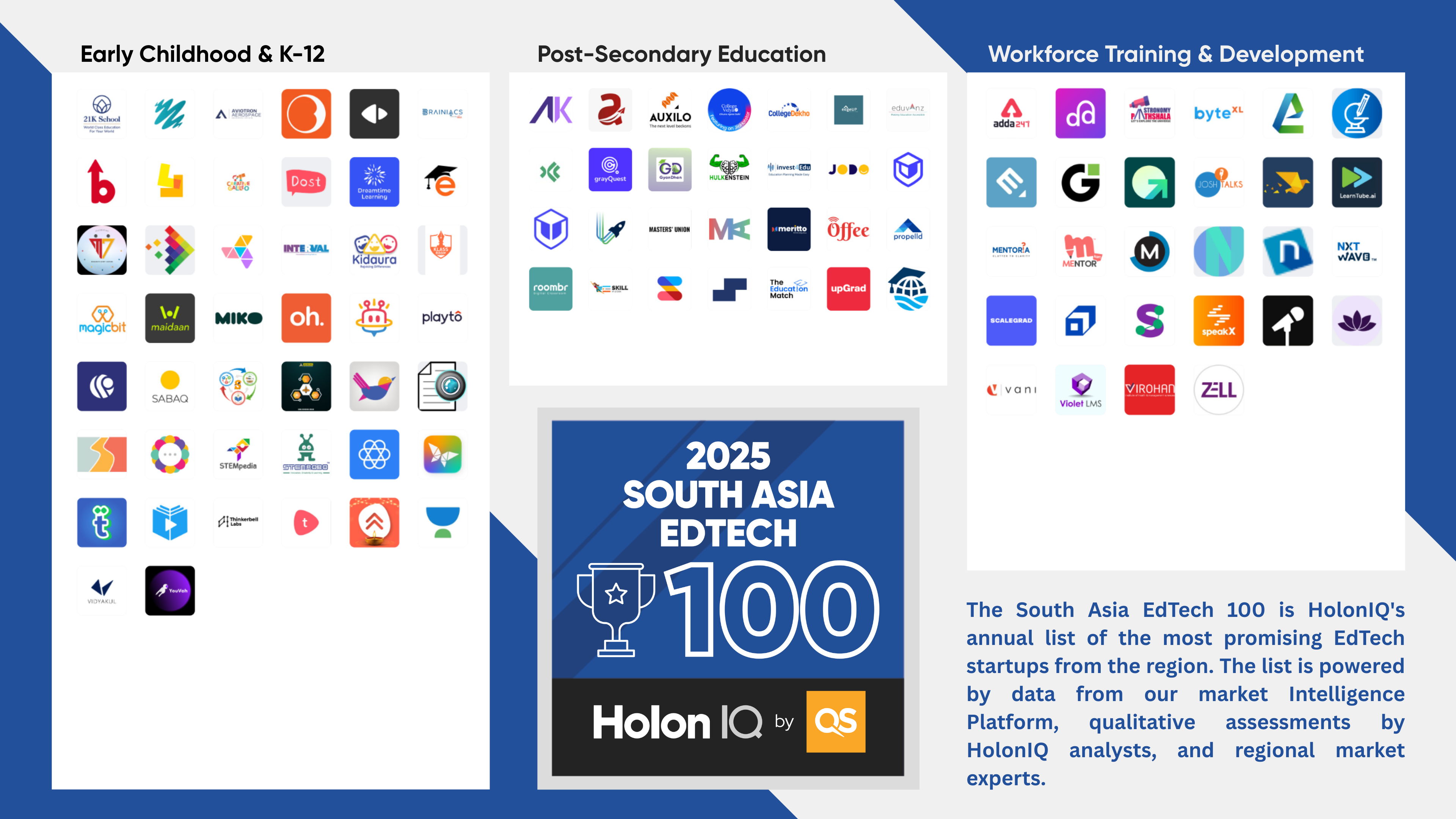
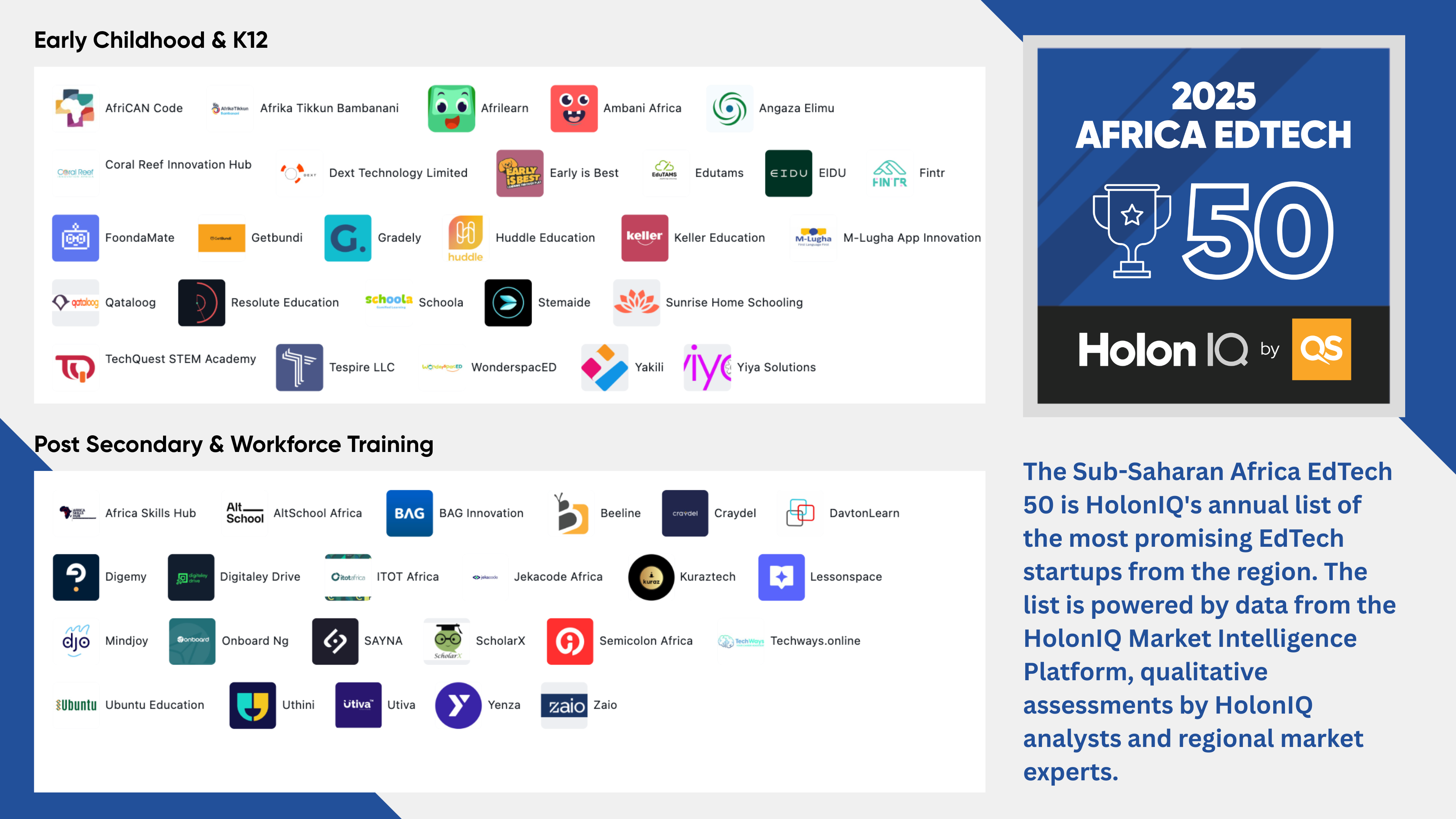
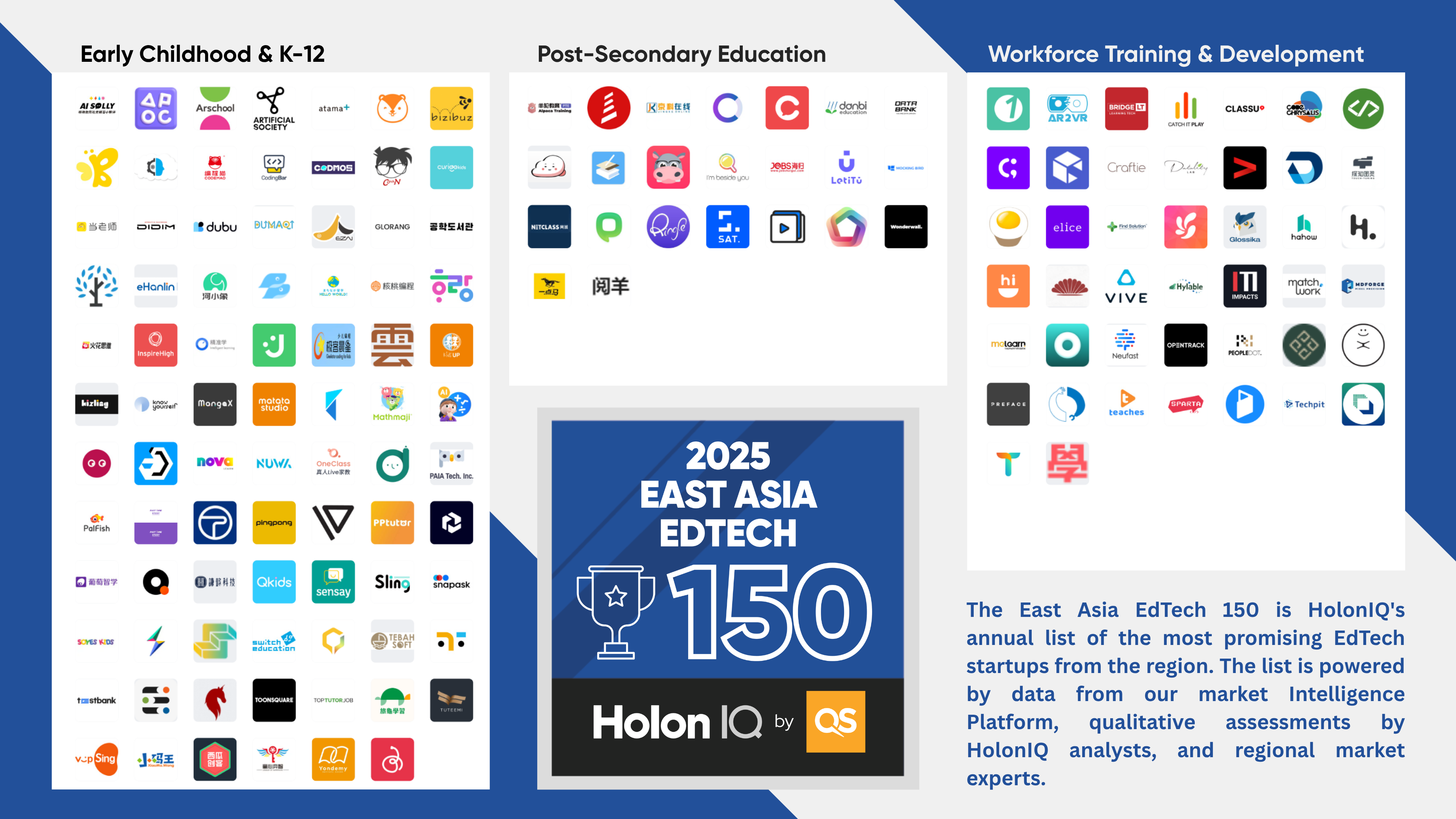
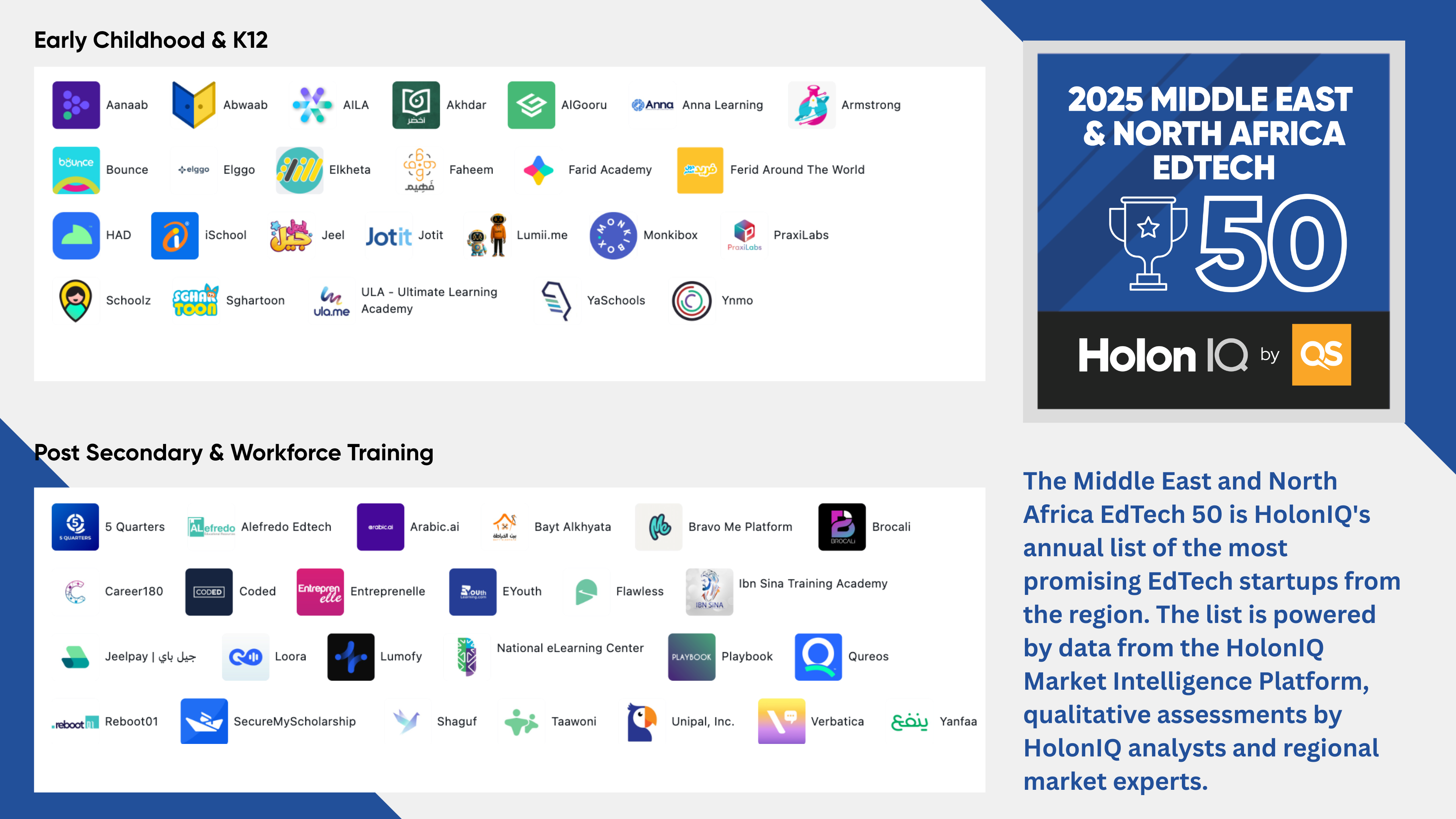
.png)
